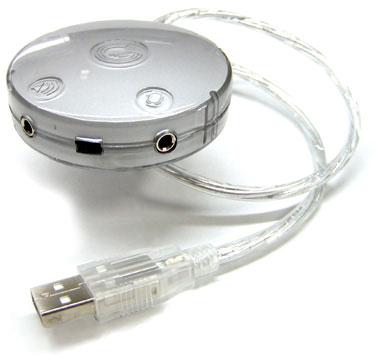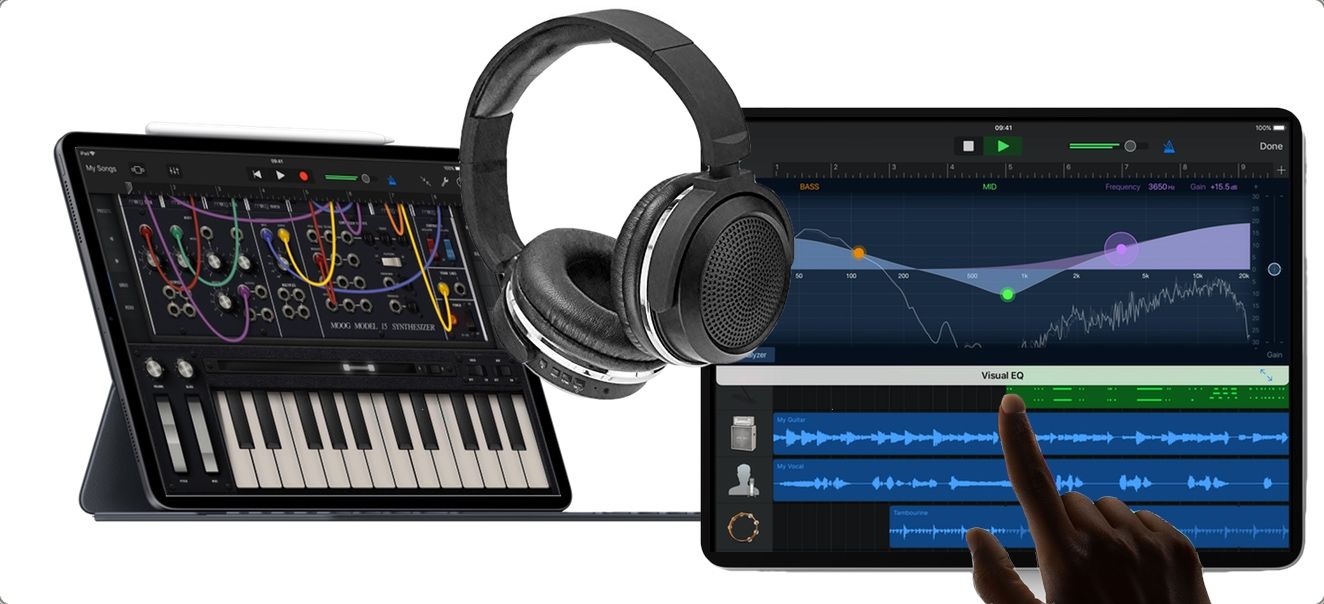GarageBand User Guide for iPad
- Best Midi Keyboard For Garageband
- Plug Midi Keyboard Into Ipad Garageband 2
- Plug Midi Keyboard Into Ipad Garageband Download
You can import audio and MIDI files from your computer and use them in your GarageBand song. You can add:
Audio files to an existing Audio Recorder or Amp track
Amazon's Choice for garageband guitar adapter USB Guitar Cable, VAlinks USB Interface Male to 6.35mm Mono Male Electric Guitar Cable Studio Audio Cable Connector Cords Adapter for Instruments Recording Singing iPhone GarageBand Game-3m 10ft. Learning Music with GarageBand on the iPad: The Essential Classroom Guide to Music Production, Performance, and Education with iOS Devices. MOSTOP Guitar Interface Adapter for iPhone / iPad / iPod iOS Devices Connect Electric Guitar and Bass with 1/4' Female Mono Input Jack Connector 1/8' Female Stereo Output Mini-jack Connector. USB Guitar Cable, VAlinks USB Interface Male to 6.35mm Mono Male Electric Guitar Cable Studio Audio Cable Connector Cords Adapter for Instruments Recording Singing iPhone GarageBand Game-3m 10ft.
 Mar 09, 2011 GarageBand turns your iPad, and iPhone into a collection of Touch Instruments and a full-featured recording studio — so you can make music anywhere you go. And with Live Loops, it makes it easy for anyone to have fun creating music like a DJ. Use Multi-Touch gestures to. The beauty of an app like GarageBand for iOS is that you no longer need to spend ludicrous amounts of money renting studio time or wait until your ‘big break’ to write, record and release your own music.
Mar 09, 2011 GarageBand turns your iPad, and iPhone into a collection of Touch Instruments and a full-featured recording studio — so you can make music anywhere you go. And with Live Loops, it makes it easy for anyone to have fun creating music like a DJ. Use Multi-Touch gestures to. The beauty of an app like GarageBand for iOS is that you no longer need to spend ludicrous amounts of money renting studio time or wait until your ‘big break’ to write, record and release your own music.MIDI files to an existing Keyboard or Drums track
Audio or MIDI files to new tracks Virtual dj mp3 mixer software download free windows 10.
Audio or MIDI files to your song from iCloud Drive or your iPad using the Files app
When you import an audio file, it’s converted to a 44.1 kHz sample rate, 16-bit depth format if the original format is different. Imported audio files don’t follow tempo changes you make in GarageBand.
Best Midi Keyboard For Garageband
When you import a multitrack MIDI file, GarageBand creates a new Keyboard track for each track in the MIDI file. The total number of resulting tracks cannot exceed 32 tracks. You cannot add multitrack MIDI files to cells in Live Loops.
Plug Midi Keyboard Into Ipad Garageband 2
Import audio and MIDI files from your computer

Connecting USB-based MIDI devices to your iPad is a snap! Many apps like Garage Band, iPolysix, and Tabletop support small devices. Start by getting the Lightning to USB Camera Adapter. (For older iPads, the 30-pin to USB Camera Kit also works.). Jun 09, 2011 Most people use iRig for a guitar, but there is not a comparable product to connect a keyboard. I'm assuming the only way to do it is by connecting the midi to a usb interface and then connecting the usb interface to the camera connection kit. However, I don't even know if the iPad recognizes an external midi controller like a macbook does.
On your computer, add the audio or MIDI files you want to import to the GarageBand File Sharing area in the Finder.
In GarageBand on your iPad, set the current song section to Automatic to import the entire audio or MIDI file; otherwise, only the portion of the file that fits the current song section is imported.
After importing the audio or MIDI file, you can make the song section longer, then resize the region so more of it plays.
Tap the Tracks View button to open Tracks view, then tap the Loop Browser button in the control bar.
A message appears asking if you want to move the audio or MIDI files to the GarageBand File Transfer folder.
Tap Move Files.
The files are moved to the GarageBand File Transfer folder.
To preview an audio file, tap it in the list. You can control the preview volume with the slider at the bottom of the list.
Drag an audio or MIDI file from the list to Tracks view. Align the left edge of the file with the bar or beat (on the ruler) where you want it to start playing.
A new region created from the audio or MIDI file is trimmed to the end of the current song section, unless the current song section is set to Automatic. You can make the song section longer or slow down the tempo, then resize the region so that more of it plays.
Import audio and MIDI files with the Files app
Set the current song section to Automatic to import the entire audio or MIDI file; otherwise, only the portion of the file that fits the current song section is imported.
After importing the file, you can make the song section longer, then resize the region so that more of it plays.
Tap the Tracks View button to open Tracks view, tap the Loop Browser button in the control bar, then tap Files.
Tap “Browse items from the Files app,” then locate and tap an audio or MIDI file to import it.
To preview an audio file, tap it in the list. You can control the preview volume with the slider at the bottom of the list.
Drag an audio or MIDI file from the list to Tracks view. Align the left edge of the file with the bar or beat (on the ruler) where you want it to start playing.
A new region created from the audio or MIDI file is trimmed to the end of the current song section, unless the current song section is set to Automatic. You can make the song section longer or slow down the tempo, then resize the region so that more of it plays.
Import audio and MIDI files using Slide Over

Plug Midi Keyboard Into Ipad Garageband Download
Set the current song section to Automatic to import the entire audio or MIDI file; otherwise, only the portion of the file that fits the current song section is imported.
After importing the file, you can make the song section longer, then resize the region so that more of it plays.
Swipe up twice from the bottom edge of the screen.
The Dock appears.
In the Dock, touch and hold the Files app, drag it towards the upper-right corner of the screen, then let go.
A Slide Over window opens.
Locate the audio or MIDI file you want to import. If the file is in iCloud Drive, tap the Download button to download it before importing.
Touch and hold the file, then drag it from the Slide Over window to Tracks view. Align the left edge of the file with the bar or beat (on the ruler) where you want it to start playing.
A new region created from the audio or MIDI file is trimmed to the end of the current song section, unless the current song section is set to Automatic. You can make the song section longer or slow down the tempo, then resize the region so that more of it plays.